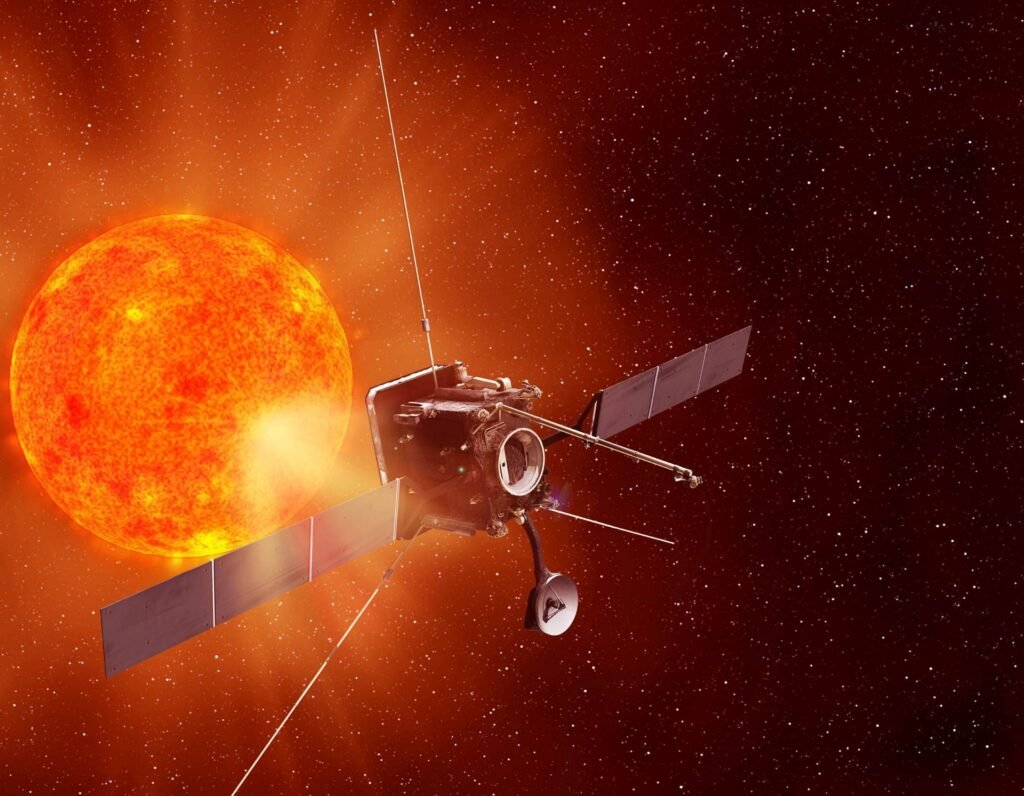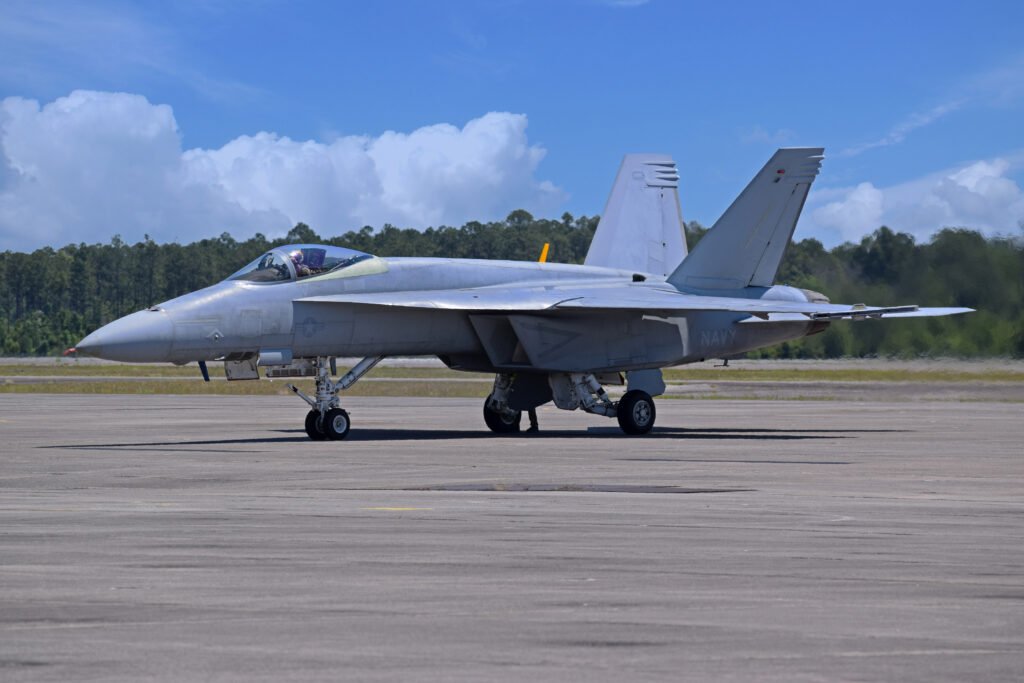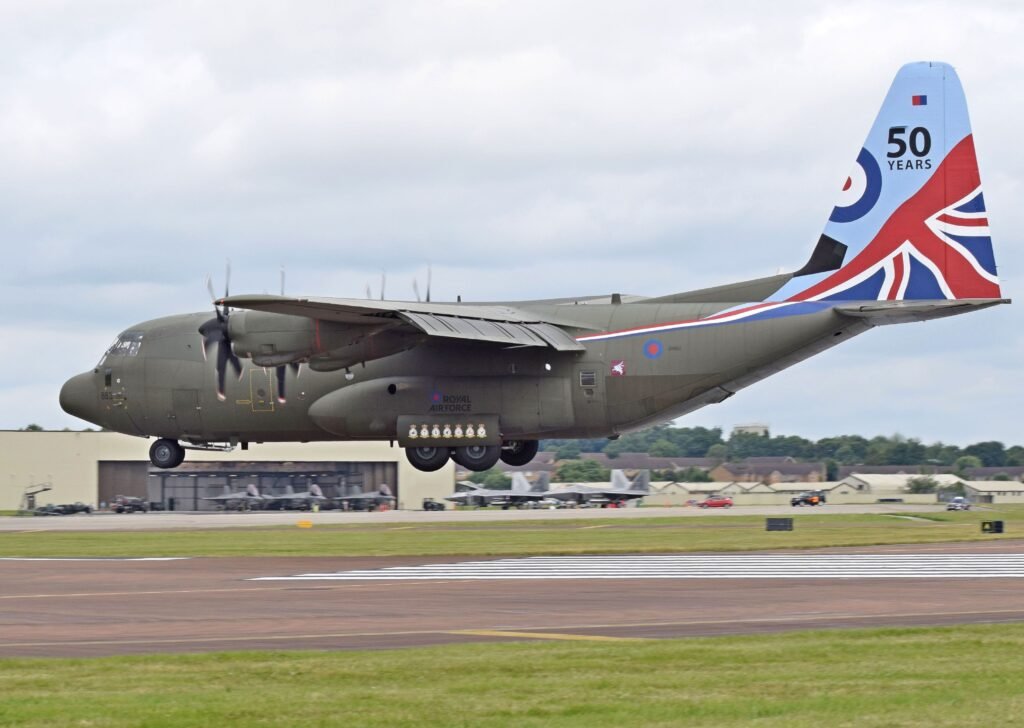Bell Boeing Delivers 400th V-22 Osprey Tiltrotor Aircraft
The Bell Boeing [NYSE:BA] V-22 team recently delivered its 400th aircraft, a CV-22 for U.S. Air Force Special Operations Command. The first production V-22 was delivered on May 24, 1999, and today deliveries occur under the Multi-year…






